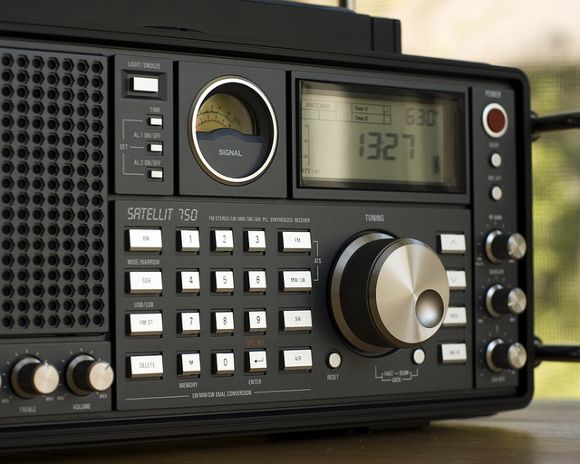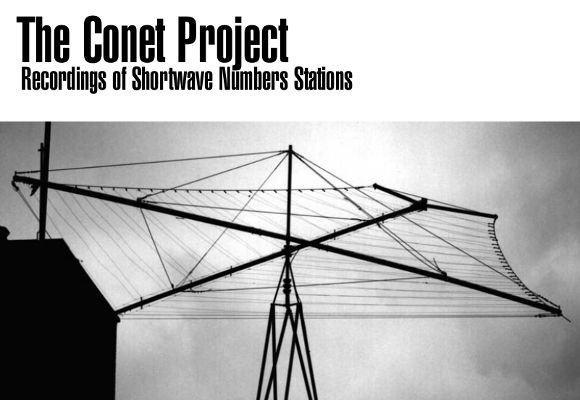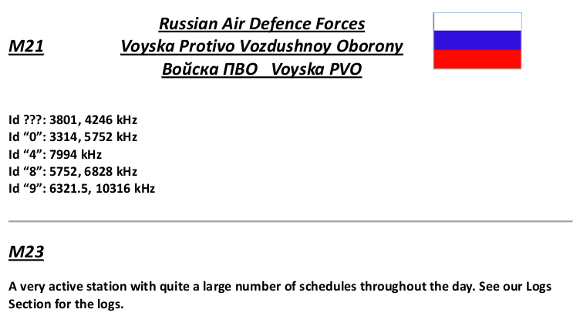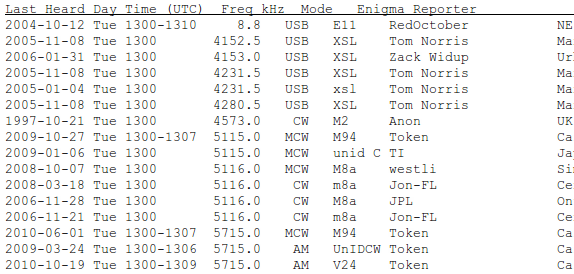<firstimage="https://www.makeuseof.com/wp-content/uploads/2011/05/intro1.jpg">
There are some thought-provoking subjects that just don't get enough attention from the offline media. Many such phenomena are picked up by enthusiasts, and documented in their spare time as a hobby (or the next stage; obsession).
Shortwave radio is known as the global band – despite poor sound quality (hiss, pop, crackle), it travels well and is still a popular choice in many countries around the world. So-called "numbers stations" have been heard on the shortwave radio band since the 1950s, leaving many to question their purpose and origin.
Of course the enthusiasts have well and truly done their research, and put most of it online. There is now an incredible amount of information, evidential audio and expert insight into the world of unlisted shortwave broadcasts. Read on to find out more, if you dare...
What Are Shortwave Numbers Stations?
A "numbers station" refers to a radio station usually broadcasting on a shortwave frequency of unknown origin. This is to say that numbers stations are generally referred to as unidentified broadcasts that do not fall under the category of commercial or public radio.
Over the years, the evidence has stacked up and many are convinced that these broadcasts are being used to send messages to spies and government agents around the world. This isn't yesterday's news either – many numbers stations are still alive and heard today.
As recently as 2009 the United States charged an individual – Walter Kendall Myers – with spying charges related to numbers stations. The US accused Myers of receiving and decoding messages from shortwave broadcasts believed to be operated by the Cuban Intelligence Service. Of course, there's plenty of evidence to suggest that the US is also playing the shortwave numbers stations game (just like everyone else).
Messages can be delivered by a synthesized or human voice, often preceded and followed by a distinct melody. Sometimes other methods are used, such as morse code or noise. There is evidence to suggest that many numbers stations are designed for use with a one-time pad, an unbreakable method of encryption (provided only the desired audience has the key).
Something's going on – these broadcasts are clearly not intended for public consumption. Luckily there's a great little collection of numbers stations broadcasts, available to download for free.
The Conet Project
Named after the misheard Czech word "konec" (meaning "end") which would often mark the end of an Eastern European broadcast, The Conet Project is a swelling collection of questionable shortwave recordings.
There are more than 150 separate tracks, some of which could be heard 24 hours a day and others at regular intervals. The collection includes recordings in many languages, including the famous German "Swedish Rhapsody" station which delivered an encrypted message in a (chilling) female child's voice.
The project is available for purchase, but is also available online from the record label and is hosted at The Internet Archive. The collection is an absolute must for anyone with an interest in numbers stations, espionage or radio transmissions.
Download: The Conet Project [Irdial: CD1/CD2/CD3/CD4 | The Internet Archive: Stream/Download ]
Further Reading
The Internet is full of additional resources for those of you itching to find out more, and here are a few online hotspots to get started:
The Conet Project Documentation [PDF]
As well as recordings, The Conet Project comes with some detailed documentation which is also available for free online. As well as an introduction to numbers stations, personal accounts and the founding of the project there are also logs of included recordings. A great place to start.
Numbers & Oddities
N&O is a monthly newsletter for those interested in numbers stations and other interesting bits and pieces heard on the airwaves. You can subscribe to the mailing list and have the newsletter delivered in a PDF document, which contains the past month's findings. These include changes in broadcasts, new stations and disappearing frequencies in an easy to read format.
You can download fairly up-to-date logs here, as well as updated control lists in case you fancy checking out a few frequencies yourself. Be sure to check out N&O Links – a long list of smaller resources that are worth a look if you're becoming obsessed!
SpyNumbers.com
Another great resource and home to a fantastic searchable database of numbers stations. SpyNumbers also has an auto-updating page that lists frequencies of current known broadcasts. If you're scanning for stations, SpyNumbers makes it that much easier to drop in.
Message Boards: Enigma2000 / UDXF
Hobbyists and enthusiasts alike gather on both of these Yahoo boards to discuss, report, log and immerse themselves in the world of high frequency radio.
Enigma2000 is specifically aimed at numbers stations, whereas UDXF refers to “utility” frequencies. Members often find and report shortwave numbers stations, but also military and other sensitive intercepted transmissions (from ongoing conflicts, oh yes).
Conclusion
If you've got an old shortwave radio in the attic, then it might be time to dust it off. Remember you'll need good reception, a well-designed custom antenna (or an expensive one) and some top notch scanning equipment to get the most out of shortwave radio.
If that sounds like too much money and effort then be sure to check out and follow the numbers station scene online. Don't have nightmares...
Image Credits: Grundig Satellit 750, Shortwave Antenna






